Find who, and what drives the behaviour of ‘fizzy drinks’ litterers
Challenge
Keep Britain Tidy and Coca-Cola Enterprises recognise that non-alcoholic drinks littering is a significant issue across England. The latest Local Environmental Quality Survey of England (LEQSE) shows that non-alcoholic drinks related litter was present on 57% of ‘Other retail and commercial’ land uses.
Both were keen to encourage more responsible behaviour in their consumers in terms of the disposal and recycling of their bottles and cans – and part of that is understanding what drives this behaviour.
Research & insight
Previous research tells us that there is a ‘decoupling’ between attitudes and behaviour when it comes to littering – so much so that asking people what the problem is and how to solve it will not dig deep enough into the drivers of behaviour.
- 2009, The national study for Keep America Beautiful observed 9,757 individuals across 130 different locations
- 1997, An Australian study observed 8,968 and interviewed 2,694
- 2012, ‘Inspiring Sustainable Behaviour: 19 Ways To Ask For Change’ examined non-conscious drivers of littering
From this we developed a 4-stage process:
- Observe – Environment as-is, unseen on-site, record decision-making activity
- Ask – Declared ‘deliberative’ values in intercept interview on-site (and recruit for next stage)
- Extract – people’s non-conscious thinking in focus groups
- Account – Change the architecture/furniture on the street & re-observe, unseen on-site
Solution
1. Observe
 Two sites were discretely observed for littering and wider (correct) disposal behaviours
Two sites were discretely observed for littering and wider (correct) disposal behaviours
- 6 hours a day
- For 3 days each week
Defined:
- Litter/item type
- and the disposal placement (‘Channel/gutter’, ‘Paving joints’, etc.) according LEQSE classification
- and the method of disposal (‘Drop: intentional’, ‘Flick/fling’, ‘Inch away’, etc.) according to Keep America Beautiful study (2009)
- added contextual factors such as speed of walking, with friends or alone, etc.
Of 245 disposals only 1.2% of all littered items where coca cola products
2. Ask
 Two sites were sampled for on-street survey
Two sites were sampled for on-street survey
- 49 on-street interviews
Captured:
- Declared ‘deliberative’ values
- Innovative technique using the Personal Norms Against Litter Scale (Kallgren, Reno, and Cialdini, 2000) to get deep-seated semi-implicit responses
- and recruit for Qual groups
Declared litterers and declared non-litters have similar opinions about cleanliness
3. Extract
2 x 8 people qualitative group participants
Recognised:
- So visible! Over estimated fizzy drinks as most littered item after cigarettesnon-alcoholic drinks ‘beacons of litter’ (31% or 5 of 16 responses). In reality, non-alcoholic drinks littering was 1.2% (3 of 245) of all binning and littering combined – certainly nowhere near 31% that our group presented
- Respondents were miming ‘dropping’ litter in bins or on floor whenever they said it – shows a shared internal ‘script’, and that open drop bins match better most people
4. Account
To test the impact of ‘beautification’ and ‘disposal convenience’ on littering/binning behaviours, we altered the environment.

- In week 1, no changes to the site took place
- At the start of week 2, both sites were cleansed to a high level and extra litter bins were added
Results
10% reduction in general littering across two weeks when environment altered
- Younger generation littering fizzy drinks
- Amount of actual littering of fizzy drinks was tiny (1.2% of total bin disposals plus floor disposals), but stood out on pavement giving impression of a lot (focus group)
 Non-alcoholic drinks litterers We found that 100% of our non-alcoholic drinks litterers littered when in a group – no one littered alone. Also, in Australia in 1997 they found similar: “People under the age of 25 were most likely to litter if they were in a group; people over the age of 25 were most likely to litter when they were alone.”
Non-alcoholic drinks litterers We found that 100% of our non-alcoholic drinks litterers littered when in a group – no one littered alone. Also, in Australia in 1997 they found similar: “People under the age of 25 were most likely to litter if they were in a group; people over the age of 25 were most likely to litter when they were alone.”- Non-alcoholic drinks littered may communicate that other less overt littering is more likely to be okay – they become ‘persuasion beacons’.
- And these ‘persuasion beacons’ are likely harming multiple levels of a brand’s evaluation as Roper and Parker (2013) concluded and quantified in their paper ‘Doing well by doing good: A quantitative investigation of the litter effect’.


